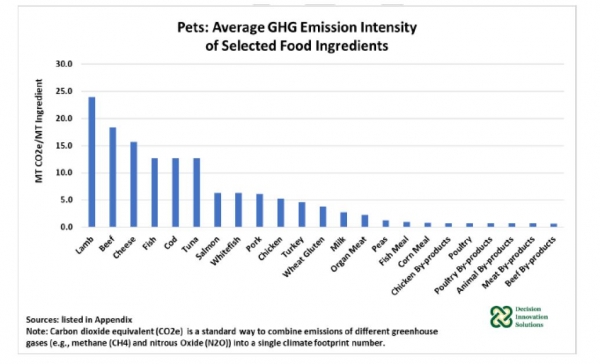Expressing surprise at the exclusion of rendering from the draft US national strategy for reducing food loss and waste, the North American Renderers Association (NARA) submitted commentsto the US Environmental Protection Agency (EPA) in the joint policy document developed with the US Department of Agriculture (USDA) and the US Food and Drug Administration (FDA).
Kent Swisher, CEO of NARA, said that as the largest recycler of organic food loss and waste (FLW), the removal of renderers from the plan is disappointing. He asserts that the final approach must recognize the important contribution of rendering to the reduction of FLW by diverting material from landfills and developing a circular economy.
He emphasized the need for rendering the achievement of the US goal of a 50% reduction in food loss and waste by 2030.
And Swisher also emphasized the importance of working with the EPA, USDA, and FDA in expanding the organic recycling market through research initiatives in Fats and Proteins Research Foundation(FPRF) and the Animal Co-Products Research & Education Center(ACREC).
Advocacy on IPPE
At a conference parallel to IPPE 2024, Dr Charles Starkey, NARA’s vice president of scientific and regulatory affairs, highlighted the nutritional and environmental benefits of using animal byproducts in food formulations of pets.
“Pet food companies face a lot of pressure to meet sustainability goals set by the likes of Walmart and Petco and their customers, and we want to help them achieve those targets.”
He emphasized that the rendering, which is deeply related to 12 of the 17 UN Sustainable Development Goals (SDGs), offers the best solution for reducing greenhouse gas (GHG) emissions related to the proteins of meat The process efficiently processes the inedible parts of animals, turning them into sustainable fat and protein foods, significantly contributing to the circular economy, landfill avoidance, and food waste mitigation.
Furthermore, the positive impact of the rendering industry goes beyond animal feed and pet food, encompassing the recycling of used oil, the recovery of water resources, and a significant contribution to the US economy, he continued.
Debunking myths about the use of beef tallow The
Dr Starkey also emphasized the importance of dispelling emerging myths related to agriculture, particularly addressing concerns about the use of beef tallow in pet food. Some NGOs and commentators link beef tallow sourcing to deforestation in the Amazon. Dr Starkey highlighted the environmentally friendly practice of repurposing and reusing tallow, emphasizing its positive impact on sustainability.
“We need to do a better education to the stakeholders about these topics. Deforestation to make difficult pastures to raise new cattle [in Latin America] is not climate friendly. Repurposing and reusing tallow and keeping it from going to waste and using it to produce protein for human consumption is very eco-friendly.
Collaborative efforts with Pet Food Alliance and ongoing initiatives at Colorado State University reflect NARA’s commitment to innovation, sustainability, and transparency in the rendering process, he continued.
New concepts of the pet food industry The
NARA engages in collaborative efforts in the pet food industry, promoting innovation and exploring novel concepts that not only contribute to advancing product development but also assist industry stakeholders in achieving their carbon reduction targets, Dr Starkey maintains.
Many of its members have ventured into making frozen blocks or fresh meat slurry ingredients, supplying them to pet food processors. This approach serves as an alternative way to reduce energy inputs, which ultimately improves the Life Cycle Assessment (LCA) score, said the NARA spokesperson.
GFLI datasets The
As NARA works to improve the transparency of data and information related to sustainability, Dr Starkey highlighted new data, generated through NARA’s partnership with the consultancy, Decision Innovation Solutions, indicating the low GHG emissions intensity of already- rendered product, positioning them favorably in life cycle assessments. compared to other pet food ingredients.

NARA has also initiated a project in collaboration with GFLI to generate LCA datasets for US rendered animal byproducts, which Dr Starkey said will further strengthen the organization’s commitment to environmental responsibility and sustainability in the rendering industry.


